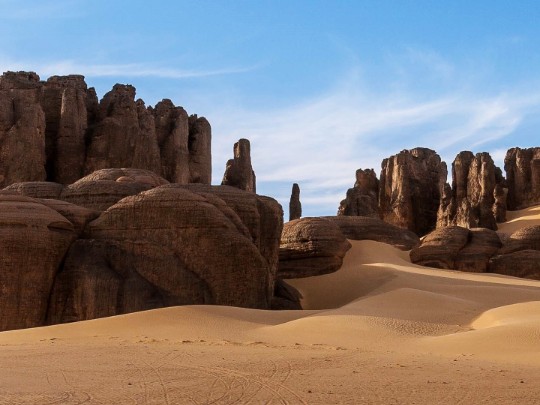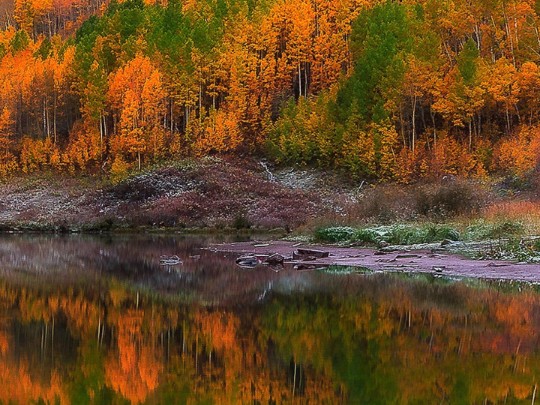Wind's Masterpiece: Exploring the Enigmatic Yardang Landforms in Deserts

When we picture a desert, images of rolling sand dunes often come to mind. However, beneath the surface of these shifting sands lie remarkable geological wonders, and among the most captivating are yardang landforms. These unique features are sculpted by the persistent force of wind, offering a glimpse into the powerful processes that shape our planet.
The name 'yardang' itself originates from the Uyghur word for 'gully' or 'ravine,' a remarkably apt description for these long, streamlined ridges and grooves that carve through desert landscapes. You'll typically find these formations in arid and semi-arid environments, particularly in expansive deserts like the Taklamakan Desert in China and the Namib Desert in Namibia – places where wind reigns supreme.
The creation of yardangs is a testament to the slow, relentless power of nature. The process begins with subtle variations in the hardness or composition of the underlying rock or sediment. Wind, laden with abrasive sand particles, acts as a sculptor, preferentially eroding the softer materials. This leaves the more resistant rock standing tall, gradually forming the characteristic ridges and grooves. Over vast stretches of time – often spanning millennia – this ongoing erosion shapes the landscape into the mesmerizing yardang patterns we see today.
The resulting desert scenery is nothing short of breathtaking. Yardang formations can vary dramatically in size, ranging from just a few meters long to sprawling structures that extend for several kilometers. The incredible detail etched into these formations showcases the intricate power of wind erosion, revealing layers of history written in stone. Each ridge and groove tells a story of past climate conditions and prevailing wind patterns.
Beyond their aesthetic appeal, yardangs offer invaluable insights for scientists. By studying these formations, researchers can reconstruct past climate conditions and gain a better understanding of how wind patterns have evolved over time. They stand as a powerful reminder of the enduring forces that shape our planet, and a stunning display of nature’s artistry in even the harshest environments. A visit to a yardang landscape is a journey back in time, a chance to witness the raw power of nature at work.






